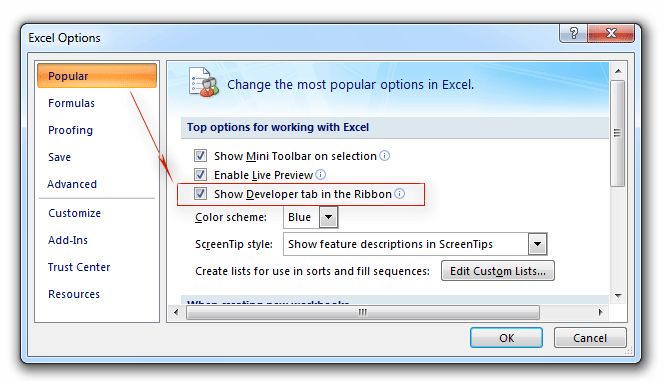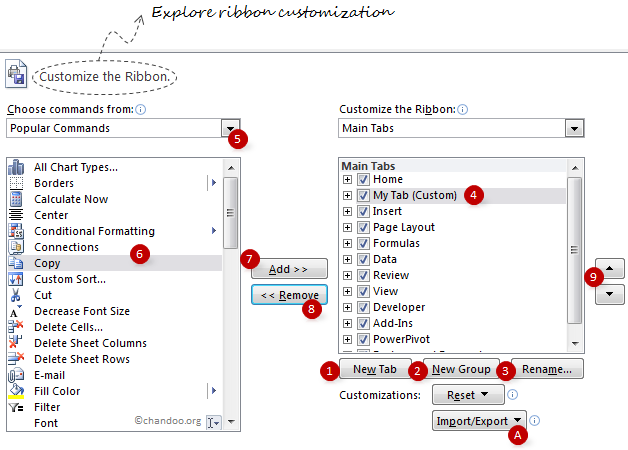

If user selects two cells, then it will display the difference between them in the status bar. We have now created an application level event listener that monitors any selection changes across all open workbooks.

In this module, we will write necessary code to make an object instance of the clsApp.

This adds a variable (property) called app to the class clsApp. In the personal macro file, insert a class module. Step 1: Open Excel, go to Visual Basic Editor (ALT+F11) and locate your personal macro add-in file. Step by step instructions to add status bar changing code If you do not yet have a personal macro workbook, go make one. Now, you can use the add-in functionality from any open file.įor the purpose of our status bar customization, we will use Personal Macro workbook. Once such a file is saved, you can then install this add-in using Developer ribbon > Excel Add-in button. You just create the necessary VBA code and save the file as “Excel Add-in” type. Using Excel Add-in to customize status barĪnytime you want to use a macro or automate things in multiple files, you need to create Excel add-ins. We want to customize status bar to show difference in any Excel file. Then you could use Worksheet_SelectionChange() Event in that sheet to set Application.StatusBar to what you need.īut our problem is a bit more complicated. If you just want to show difference in a specific worksheet… If you are a VBA newbie, start with FREE Excel VBA Crash Course, and come back when you are ready. Note: This is a reasonably advanced VBA example.
How to display add ins on excel ribbon bar how to#
We will see how to set up a class module, application event in our personal macro add-in. In this Example, learn how to customize status bar with Excel VBA. Ever wanted to customize the status bar to show something else, say difference? You can use VBA add-ins with application level events to achieve this. We can select a few cells in Excel and quickly see their count, sum etc.


 0 kommentar(er)
0 kommentar(er)
